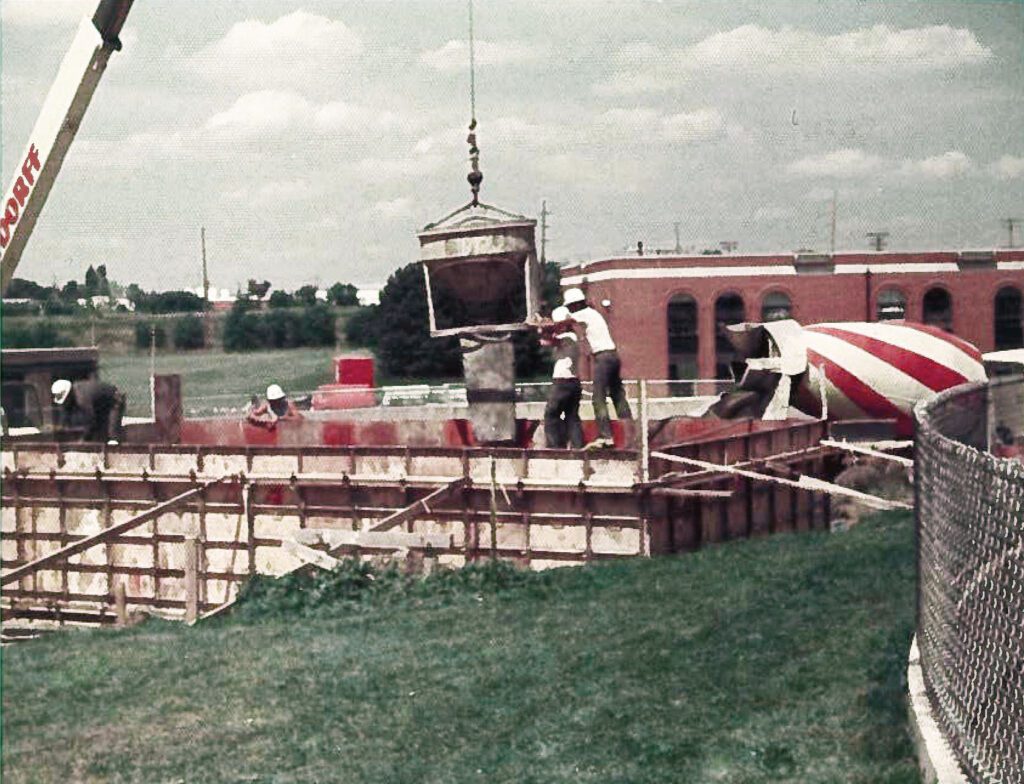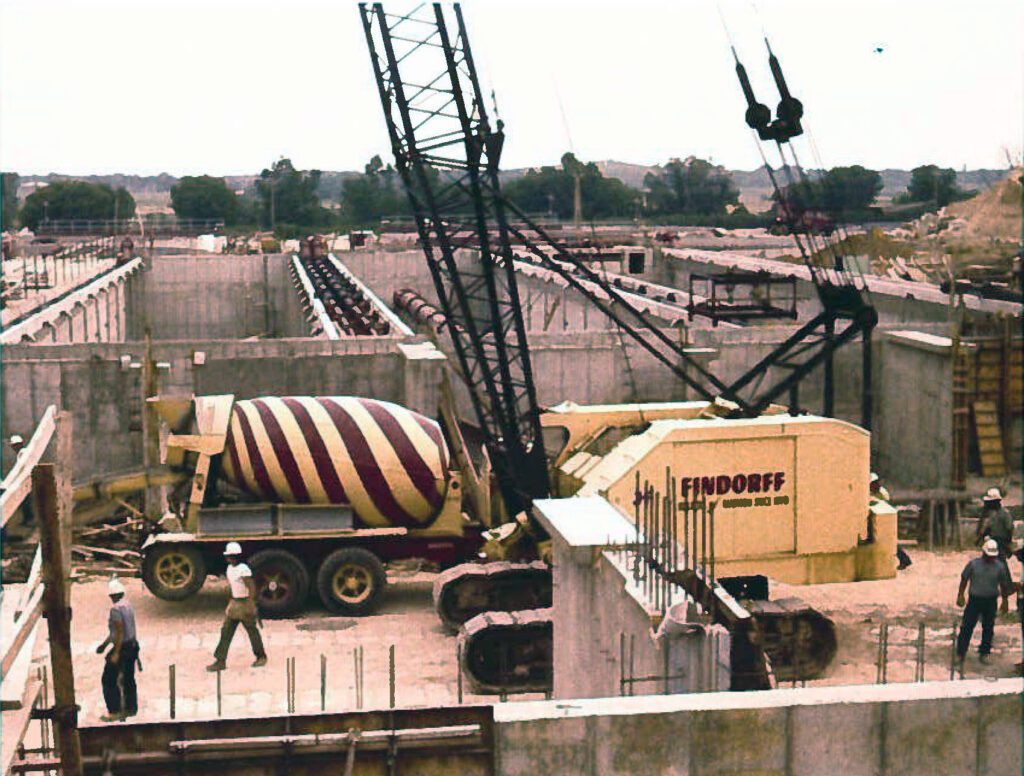As the District was dealing with the aftermath of the sludge lagoon dike failure in the Spring of 1970, Dane County needed to develop a water management plan to allow the county to qualify for federal funds for wastewater treatment. The plan was being developed by the Dane County Regional Planning Commission (RPC). The County had hired the Chicago firm Bauer Engineering, Inc. to “draw up a study and plan of water resource management needs in the county.”
The Bauer plan called for the closing of the Nine Springs Wastewater Treatment Plant. Instead, it proposed that wastewater from the County, and perhaps other counties, be pumped to a “closed system sewage treatment facility” to be sited north of Lake Mendota. At this time, Waunakee and DeForest were not part of the Madison Metropolitan Sewerage District. The new system would be located “somewhere within the townships of Vienna, Westport, Burke, and Windsor.”


Different type of treatment system proposed
The alternate system “would use a filtering lagoon of about 3 square miles and an irrigation system that would apply the treated wastewater back into the soil and into the underground water source.” The argument for the alternate system was that although the Nine Springs Treatment Plant removed biochemical oxygen demand (BOD) and suspended solids, the effluent still contained nitrogen and phosphorus. The plan viewed the nitrogen and phosphorus as “potential resources out of place.”
By taking the wastewater to the north, the nutrients could be used as fertilizer on farmland and the effluent would help to recharge the groundwater. The plan claimed that the county would be facing serious water quality problems within the next 20 years if the water resources were not managed. The firm estimated that the Upper Yahara Basin water flow would be reduced by 50% by 1990.
A Capital Times article dated November 2, 1970, provided the following details on the proposed system. “The effluent would be piped north to the Upper Yahara Basin and sent into aerated lagoons to remove solids, reduce oxygen-depleting wastes, and increase dissolved oxygen. The treated effluent could be stored in separate lagoons during periods of heavy rainfall or in the winter. At other times of the year, the spray irrigation system would apply the treated wastes to the land, where nutrients are taken up in corn, alfalfa, and other crops. The soil would serve as a living filter.”
Potential end of the line for the District
The District was in the process of considering the expansion of interceptors to serve Waunakee and DeForest. As with most interceptor projects, there was concern that doing so would increase urban sprawl along the path of the interceptors. The RPC was concerned that providing service to Waunakee and DeForest would reduce flows within the basin and would ultimately affect groundwater quality.
The cost of the alternate system was estimated to be between $30 and $40 million. Proponents of the plan felt that the project could possibly pay for itself by providing rich cropland that could be rented or leased. The initial report recommended that the new facility be operated by the County rather than by the Madison Metropolitan Sewerage District. Mr. John Schaefer, the representative of Bauer Engineering, claimed: “Activated sludge never worked in 1914 and it won’t work in 1970.”
Experts begin to voice concerns
Although there was some initial enthusiasm for the plan by the RPC, a March 14, 1971, article in the Wisconsin State Journal states that doubts were being raised about the proposed system. Members of the RPC, local officials, and University of Wisconsin experts in various fields detailed issues they saw with the plan. By this time, the estimate of the amount of area that would be necessary for the plan had increased to 23 square miles by some accounts.
A task force was created to advise the RPC. Members included individuals from the Department of Civil Engineering, Water Chemistry, the State Lab of Hygiene, the U.S. Geological Survey and DNR. In October 1971, the task force rejected the Bauer plan and concluded that “there was no deficiency of water in the Upper Yahara basin for public or private drinking water supplies, industrial or recreational uses, or other purposes.”
Although Nine Springs was saved, the lack of the water resources plan by the County delayed the District’s plans for expansion of interceptors to serve Waunakee and DeForest.
Visit the History section of our blog for additional articles documenting the early years of wastewater treatment in the Madison area.
Written by Paul Nehm






